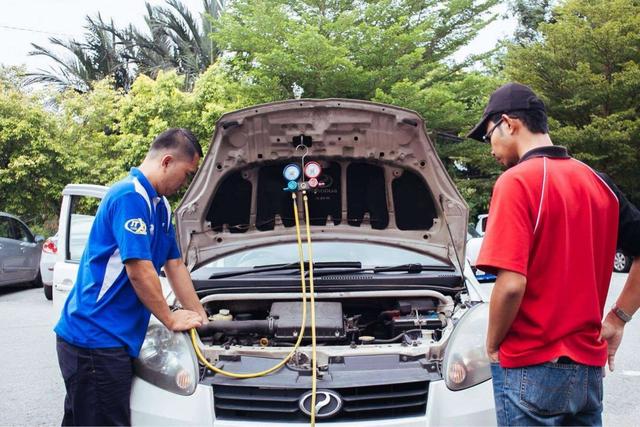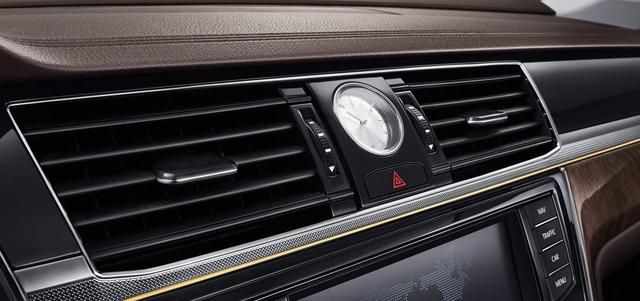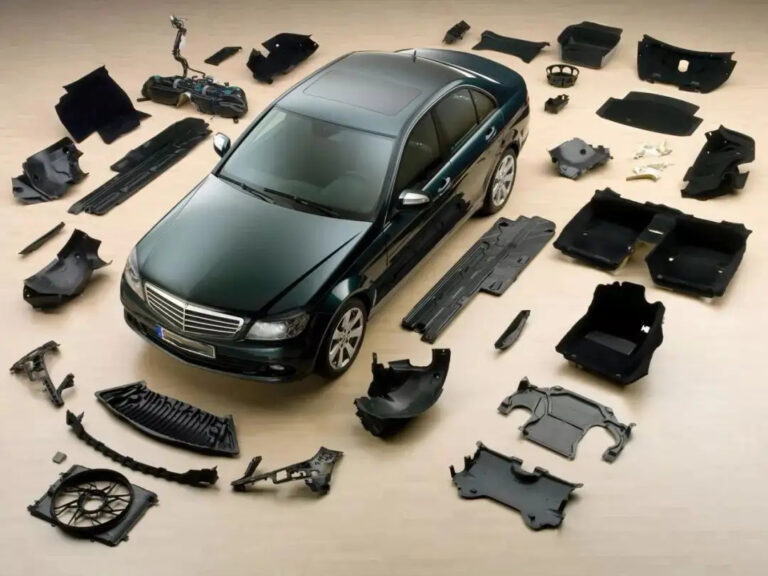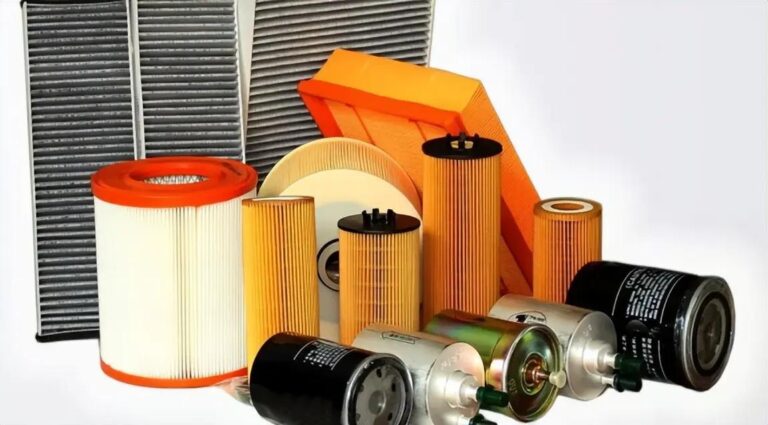How to keep car air conditioning cool for a longer time?
How does the car air conditioner cool down? When it comes to the cooling principle of air conditioners, we must lay a foundation for some basic physics knowledge. Everyone knows that water exists in three forms: solid, liquid and gas. Whenever there is a conversion between these three states, it will be accompanied by the absorption of heat, or the release of heat.
For example, if water wants to turn into ice, it must release some heat. If water wants to turn into water vapor, it will also absorb some heat from the environment. The core principle of car air conditioning is actually to promote and maintain the process of changing from liquid to gas. As long as this process exists, the nearby wind will absorb heat, that is, the hot air will become cool air, and the purpose of air conditioning refrigeration is achieved. It’s just that the refrigerant used in general air conditioners is not water, but Freon, which is easier to change form and more suitable for air conditioning.
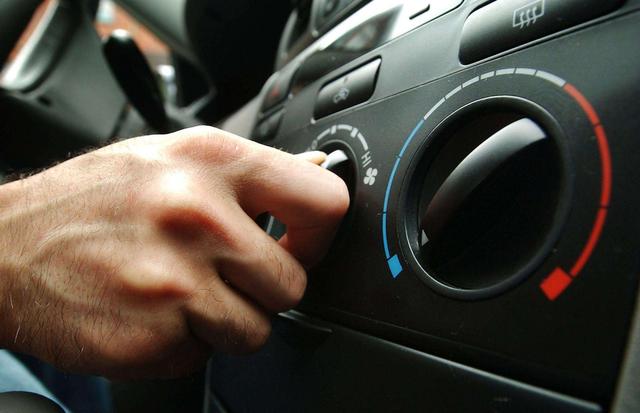
The three main components of an air conditioner: condenser, compressor and evaporator
The entire car’s air-conditioning system, except for some pipes and some miscellaneous components, is mainly composed of three large parts, namely the condenser, compressor and evaporator. The condenser is usually located at the front of the car, and you can also see it through the front bumper. When the car starts moving, the wind that hits the head-on will first blow on the condenser. If there is a traffic jam and there is no wind coming from the front, the fan at the back will start to create ventilation.
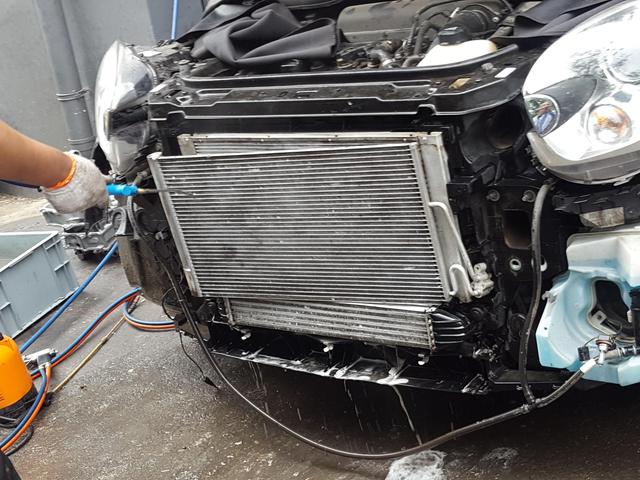
The compressor is fixed on the engine and is usually rotated by the crankshaft through a belt. The last evaporator box is usually invisible and is usually hidden behind the dashboard. The key to the conversion of liquid into gas, or the refrigeration process, occurs in this evaporator box.
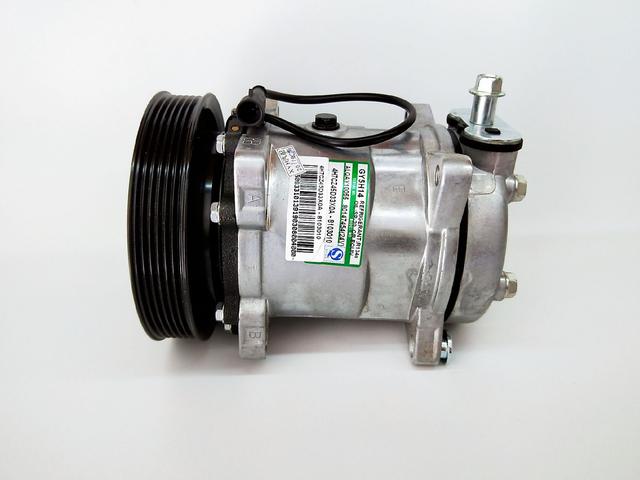
How to achieve the cooling effect of air conditioning
The first thing that enters the evaporator is the high-pressure, liquid Freon. The pressure of the Freon is released little by little through the expansion valve and transported into the evaporator. The pressure of the high-pressure liquid Freon suddenly decreases, and in an instant it turns from liquid to gas. This is like the liquefied gas that we used to burn at home. When the liquefied gas is in the tank, it is in a high-pressure state. When you shake the tank, you can clearly feel the gurgling sound inside. It is obvious that there is a liquid in the tank.Once the valve of the tank is opened, the liquefied gas will be released instantly and sprayed out to become gas. The role of the expansion valve in the air-conditioning component is actually equivalent to the small valve on the liquefied gas, which realizes the conversion project from high-pressure liquid to low-pressure gas. Therefore, a large amount of heat near the evaporator is absorbed by this conversion process.At the same time, there is a blower behind the evaporator, which can blow air into the interior of the car. The heat has been taken away by the evaporator, so the wind blown into the car by the blower is cool wind, and the air conditioning effect is achieved.
How to maintain continuous cooling in air conditioners
Here comes the key question. After the liquid Freon is converted into gas, it does achieve the cooling effect. However, if you want to have cold air all the time, the high-pressure liquid Freon can only work continuously and keep being transported. So the rest of the entire air-conditioning system is responsible for reprocessing the Freon that has been converted into gas into liquid. This part of the work first depends on the compressor.
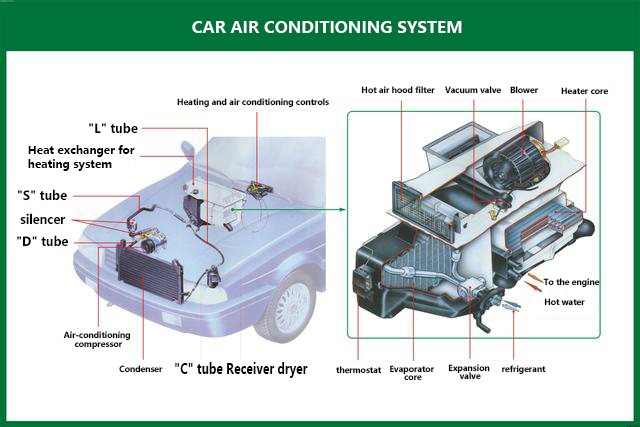
After the low-pressure gaseous Freon is delivered to the compressor, the compressor will compress it into high-pressure and high-temperature gas. The high-pressure gas goes along the pipeline all the way to the condenser. As mentioned earlier, the condenser is usually placed at the frontmost position of the car. When the car starts, the wind blows directly onto the condenser, and the wind will cool the high-pressure gaseous Freon in the condenser. In other words, some of the heat of the high-pressure gaseous Freon is released in the condenser. In theory, it is a heat release process, and the gaseous Freon becomes liquid Freon.
So after the condenser finishes working, the Freon has changed from gas to liquid, but the pressure is still very high, it has only dropped a little bit. The liquid Freon then goes along this pipeline back to the expansion valve for pressure relief, and then after the pressure relief it becomes gaseous low-pressure Freon, and then returns to the compressor for compression, and it repeats this cycle over and over again. This is the basic working principle of car air conditioning.
Most air conditioner failures are caused by abnormal pressure
The Freon in the air conditioner uses the conversion process from liquid to gas to absorb heat. In the past, when there were no electrical appliances, people put a piece of ice in the room to escape the heat and cool down. The same process is used to convert water from solid to liquid. In fact, ice turns into water. This process absorbs heat, thereby lowering the temperature in the room.
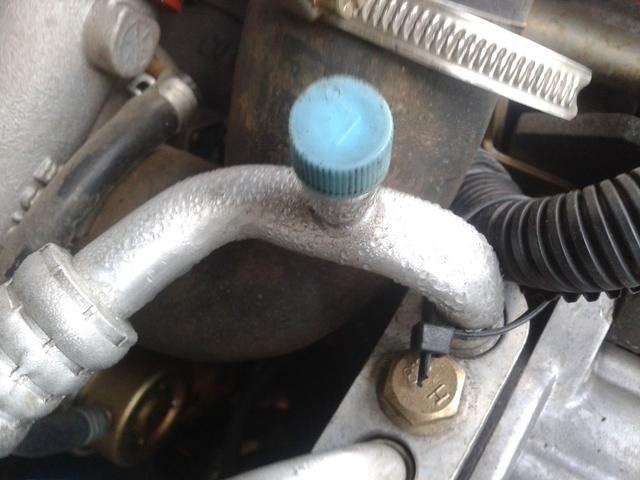
It’s just that in the past, after the ice melted into water, new ice could only be added. There was no condition to recycle the same batch of water to make ice and then form a closed loop. Today’s air conditioning system realizes the closed loop of circulation through compressors and condensers. Here are a few more points. There is a drying bottle in the air conditioning system, which mainly absorbs a small amount of moisture in the system to prevent moisture from contaminating the purity of Freon, which is similar to the role of a filter.
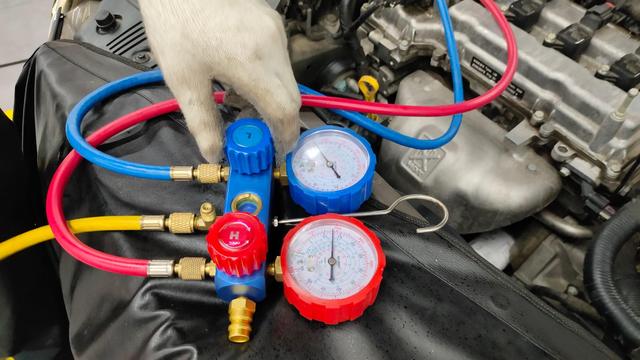
There is also one near the expansion valve, which is actually the position connecting the expansion valve to the evaporator outlet. It can adjust the opening of the expansion valve according to the specific temperature at the end of the evaporator. If the temperature is too low, the temperature sensor can adjust the opening of the expansion valve to a smaller level to prevent over-cooling, which will freeze the evaporator.
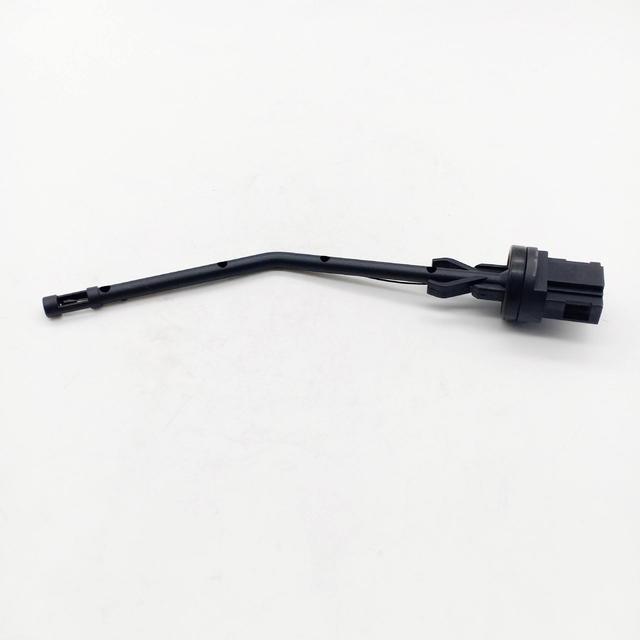
The car’s air conditioner is a closed system. In addition to temperature changes, the pressure also changes accordingly. From the compressor to the expansion valve, it is a high-pressure stage. Whether the temperature change of the air conditioner is in place, or whether the air conditioner is sufficient, actually depends on whether the pressure on both sides is normal.
If the pressure is normal, the air conditioner is likely to be normal. In other words, most of the possible faults in the air conditioning system will be reflected in the two pressure values of high and low pressure. Then, as long as you use the respective detection ports on the high and low pressure pipelines, you can detect the specific pressure values in the high and low pressure pipelines, so as to further understand the status of the air conditioning system.
